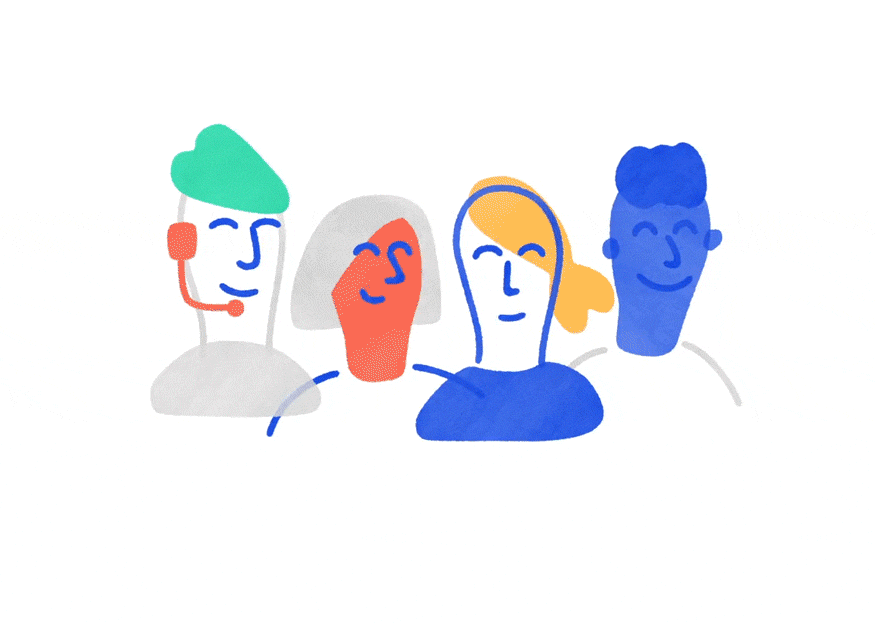WEB & APP DESIGN
CONCEPT PROJECT:
MENTAL WELLNESS
RE-IMAGINED BY OSCAR
Oscar is a disruptive insurance company with the vision of providing better healthcare services through technologies like a mobile app for telemedicine, physician consultations, booking appointments, prescription refills and a more concierge-like healthcare experience for its members.
CLIENT
Oscar Health Insurance
ROLE
Cicy Hou:
PM, Design
Brianna Jones:
Research
Makai Harris:
Prototype, Design
TOOLS
Google suite
Sketch
InVision
Pen, paper



CHALLENGE
To add to Oscar's existing telemedicine services, the company is looking to build an innovative Virtual Reality (VR) platform used to address and treat a variety of neuro-cognitive, emotional symptoms through fully immersive, therapeutic, and fun applications. The service could be accessed either at home or in the doctor's office simply with a Google cardboard.
How might we design the end-to-end journey of VR healing sessions for current Oscar users?
RESEARCH METHODS
Business
Analysis

Personas

User
Interview

Competitive & Comparison
Analysis
We started the project by gaining a good understanding of Oscar as a whole. We answered questions such as "what is Oscar's culture, vision, and Key Performance Indicators (KPI)". This helped us building a solid foundation to begin incorporating Virtual Reality treatments as a new service.
C&C ANALYSIS
Given using VR to treat mental wellness is a fairly new concept, it was crucial for us to understand what's currently being offered on the market.
We decided to divide the potential competitors into 2 categories -
General mental wellness applications &
VR mental wellness applications.


C&C INSIGHTS
PERSONALIZATION
Mental wellness applications commonly offer progress tracking and customized exercises/treatments
EXTERNAL
CONTROL
Commonly found in VR health applications are external control opportunities for doctors and gamification of treatments to make the treatments more fun and engaging
CONDITIONS
TREATED
Conditions such as depression, anxiety, phobias are the most symptoms to be treated with VR technology

USER INTERVIEWS

Since the topic of mental wellness can be a sensitive subject for people. During user interviews, we made sure to phrase our questions carefully, and gave them the freedom to stop the interview at any time if they felt uneasy.
Key focused areas:
-
how are you currently dealing with any mental health issues, what has or has not worked for them, why and why not?
-
users' impression and knowledge around VR treatments for mental health
CORE CUSTOMER INSIGHTS
trustworthy/
credible therapist
One of the main challenges and important factor is finding a therapist they can trust and get along with
methods that don't work
Barriers to finding help
Time and money are the biggest barriers for people to consider finding a therapist
method that works
Journaling, breathing exercises, distractions, grounding, and talking with a conscientious neutral party are all effective ways to address mental wellness concerns
Uncertainty around VR telehealth
Unguided meditation and fixating on the problem are ineffective ways to treat complications with mental wellness
People questioned the effectiveness and compatibility of using VR in mental wellness
PERSONAS
After synthesizing all the users' challenges, struggles, and concerns, also keeping in mind of the different scenarios Oscar could potentially be in when introducing the VR service to their members, we came up two personas - Michael and Wendy.
Michael represents someone that would receive the doctor prescribed VR treatments from his current therapist. Wendy represents someone that would utilize the therapeutic treatments at the comfort of her home without doctor prescription.
.jpg)

IDEATION & FEATURES
We then started to brainstorm for features and types of treatments the VR app could have.
Understanding that time and money being one of the biggest barriers to seeing a therapist and getting treatments, we thought it's really important that patients would have the ability to access the VR treatments both at home and at the doctor's office.
By offering both prescribed and therapeutic VR treatments, it offers users the flexibility to access to treatments that target anxiety and stress at the comfort of their home.

.jpg)




SKETCHES & USABILITY TESTING
We started with sketching out our ideas. Then used the lo-fi wireframes to conduct usability testings with users to get initial feedback and reactions.
One of the challenges through out this project was that we didn't have a way to actually prototype the VR technology, so we had to explain to our users what would happen when they click into the treatment.
SOLUTIONS
DOCTOR'S PORTAL
To provide doctors with external control of the VR treatments, we have designed a doctor's portal on the computer with the following features and functionalities:
-
doctor can review his/her schedule
-
patient's treatment detail/status
-
patient's online/offline status
-
patient's basic info
-
schedule sessions
-
external control of the prescribed treatments

PRESCRIBED TREATMENT
Persona Michael is prescribed with his treatment sessions by his existing doctor. He's able to access the sessions at home, and his doctor can review his progress from the portal.
Entering the user's mood before and after each session helps to track state change.
User can also rate the treatment in order to help Oscar to determine the effectiveness of treatment.
THERAPEUTIC TREATMENT
Persona Wendy would be able to access the theraputic VR treatments at home with a Google Cardboard.
If she is interested in the prescribed treatments, she can contact her therapist.

RECOMMENDATIONS FOR NEXT STEP
A product is never perfect on the first try. We conducted usability testing with users using the hi-fi prototypes. In the next iteration, we would implement the following changes based on user feedback.
Improve the design the progress tracker widget on the homepage
Add a “tool tip” to the lock button explaining why that info can’t be changed
Add a text box on the summary page for patients to provide additional comments
